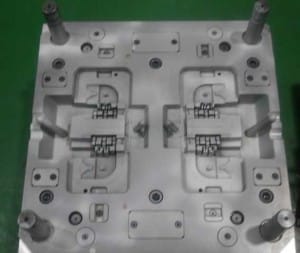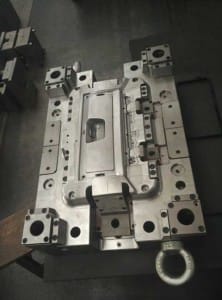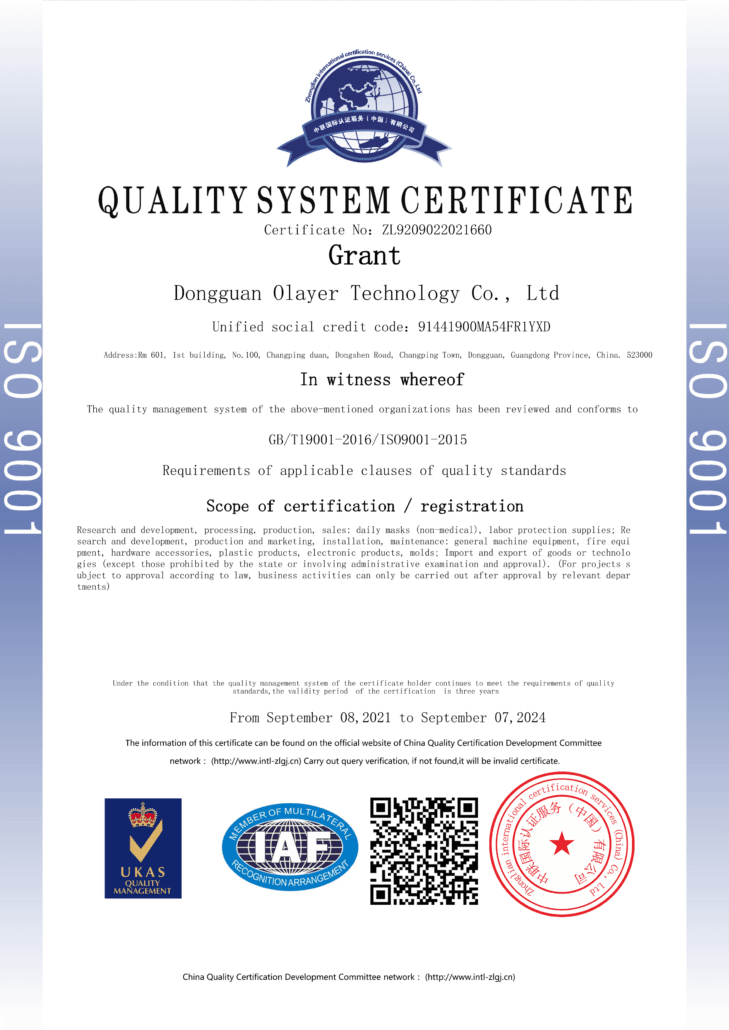Many industries rely on Plastic Injection Molding to create most of today’s products and/or parts of products which are sold on the market.
The Plastic Injection Molding process
The process starts by having grains of plastic fed into a heated barrel from a hopper. Actually, the granular plastic is forced into the heated barrel by gravity. When the plastic granules make their way into the heated barrel, a screw-type plunger slowly moves them forward into a heated chamber. The chamber melts the plastic. As the same plunger advances, it forces the melted plastic through a nozzle. This nozzle rests against the mold. The melted plastic then enters through a runner and gate system to fill the mold cavity. After entering the Injection mold cavity, the plastic solidifies. The plastic usually solidifies just as soon as the whole entire mold is filled, because the mold remains cold throughout the whole Plastic Injection Molding process.
There is a sequence of events during the Plastic Injection Molding called the injection molding cycle. First, the mold closes. After it closes, a polymer is injected into the mold cavity. Material shrinkage is compensated. This compensation is maintained by a holding pressure after the mold cavity is filled. After this action, a screw turns. After this screw turns, the next shot is fed to the first screw. The next shot is prepared once the screw retracts. After it opens, the part is ejected.
In order for the custom injection molding process to take place, the mold must be lubricated and cooled. Water is mostly used as the mold’s cooling agent. Quick cooling times are accounted by channelling water through to the plastic mold. When it comes to Plastic Injection Molding, faster cycle times are allowed by making sure the mold is very cold. The custom injection molding industry depends on the mold to be colder. This allows a Plastic Injection Molding manufacturer to produce more parts.
In Plastic Injection Molding, there is a molding tolerance. A specified allowance in parameters on the deviation is molding tolerance. These parameters are angles, dimensions, shapes, or weights. There is a maximum and minimum limit on thickness. This helps you set tolerances. Setting a molding tolerance is highly needed in the Plastic Injection Molding process. ±0.008 to ±0.002 inches is the possible tolerance of a thermoset or a thermoplastic.
Materials Used in Plastic Injection Molding and Insert Molding Processes:
- Polystyrene
• Polyethylene
• Nylon
• Phenolic
• Epoxy
• Any Engineering Grade Material
Troubleshooting the Plastic Injection Molding Process; Four main troubleshooting phases
- Metering Phase
• Injection Speed
• Sink mark/Gate freeze or Gate seal/Geometry and Weight Studies
• Cooling Time
There can be some possible defects during the Plastic Injection Molding process. These defects are usually caused when the cooling rate is not in unison:
• Flash
• Warping
• Unfilled Sections
• Bubbles
• Sink Marks
• Ejector Marks
During the Plastic Injection Molding process, these defects can be prevented. HAO YUAN XING Mold adheres to all quality procedures in the ISO 9001:2008 specification assuring you of a perfect job every time. We produce custom plastic molds and custom injection molding for you, We welcome the opportunity to show you what we can do.


